My remote work global travels with Leadtail continued this past January and February with a 5-week trip starting in Helsinki, then onto Istanbul, Athens, Milan, Florence, Rome, and Dubai, and finally winding up in Cairo before heading back to Vancouver via London.
Every day on the road is a workday where I balance the needs and deliverables of our clients with the opportunities to experience the sites, food, and culture in cities visited. To do so means planning well in advance, staying organized, and leaving enough time for addressing the details and minutia that always take a moment.
I was reminded of these principles while waiting for a train at the central Roma Termini when a frantic man appeared a few feet before me with a large suitcase. In a disheveled state, this hurried man laid down the case and opened it in the middle of the busy concourse—his belongings, haphazardly thrown in, quickly overflowed onto the station floor.
As the man desperately tried stuffing his loose items back into his case, it was immediately apparent that proper planning, organization, and compartmentalization may have prevented the short theatre of chaos that ensued.
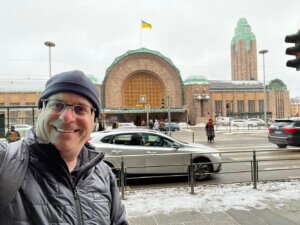
Helsinki Central Station, Finland
This minor train station drama reminded me that during this same period, our team was transitioning from one project-management platform (Wrike) to another (Monday.com).
Making this shift possible required a planning process that took time to prepare the team for what we hoped will be a seamless switch. Much like packing a bag, if done right, all the components would fit together easily; therefore, opening and closing the bag would be straightforward.
Open it and take or deposit what you need, then close it. It seems simple, but if things are strewn about, items fall out, and trying to shove them back in becomes a messy pile of clothes and items that quickly appear overstuffed.
Planning
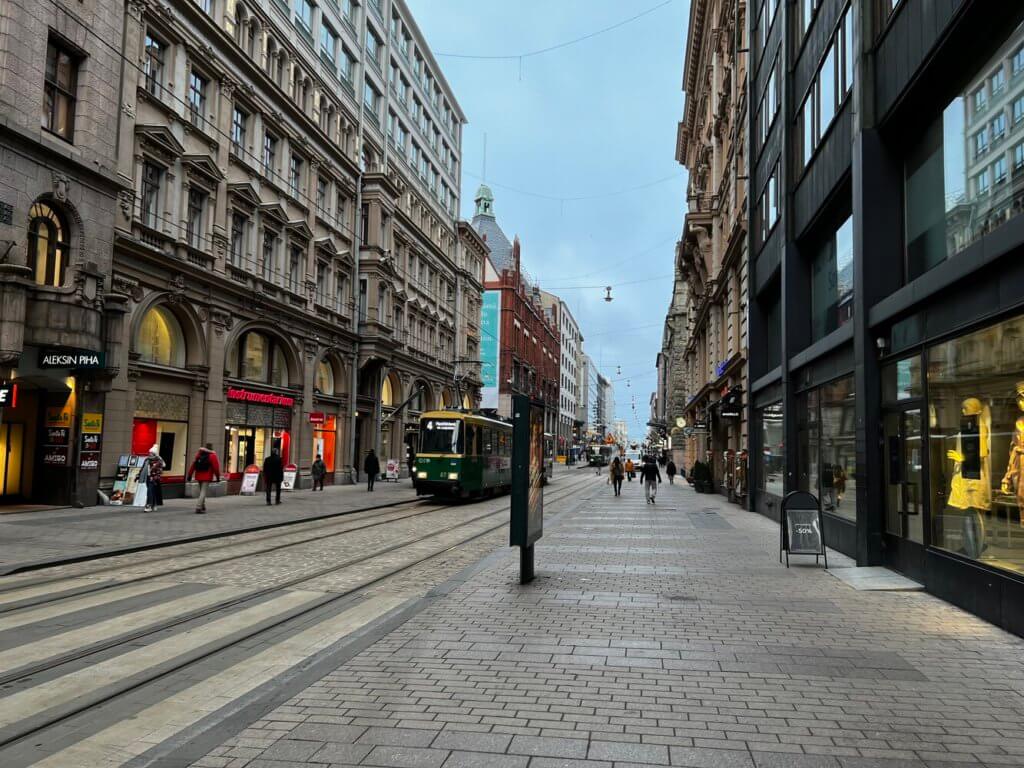
Walking through the Kluuvi district in Helsinki
Back to the bag analogy, solid planning is needed to help mitigate the inevitable problems of overpacking or including non-necessary items. I have found, often by trial and error on the road, that packing the essentials is all I need. If I need something while away, I’ll buy it or do my best to live without it.
Another area where the Leadtail team is planning focuses on our ability to manage each other and ourselves.
Enter The One Minute Manager, where we set goals and plan how to manage our accounts and, again, each other. It’s an ideal way of setting goals and working with the team to achieve them.
Organizing

The amazing Basilica Cistern, Istanbul, Turkey
Often, it comes down to convenience and having what’s required. Everything essential (passport, wallet, glasses, keys, three charge-batteries, adapters, cords, USB cords, MacBook Pro, extra screen, pens, plug, aspirin, mini toothbrush/medicine kit, travel spork, water bottle, mini umbrella, power bars, etc.) packs into smaller pouches, kits, and mini-packs that are attached to the main backpack by key-straps.
The company states on its website that the Tom Bihn Synapse 25 backpack is “simply the judicious realization of ultimate utility.”
All this results in accessing what I need in seconds and returning it without disrupting everything else in the bag. When I need something at the airport, whether it’s my passport, a battery, a pen, or Chapstick, I can easily reach the exact spot and retrieve it.
Compartmentalizing
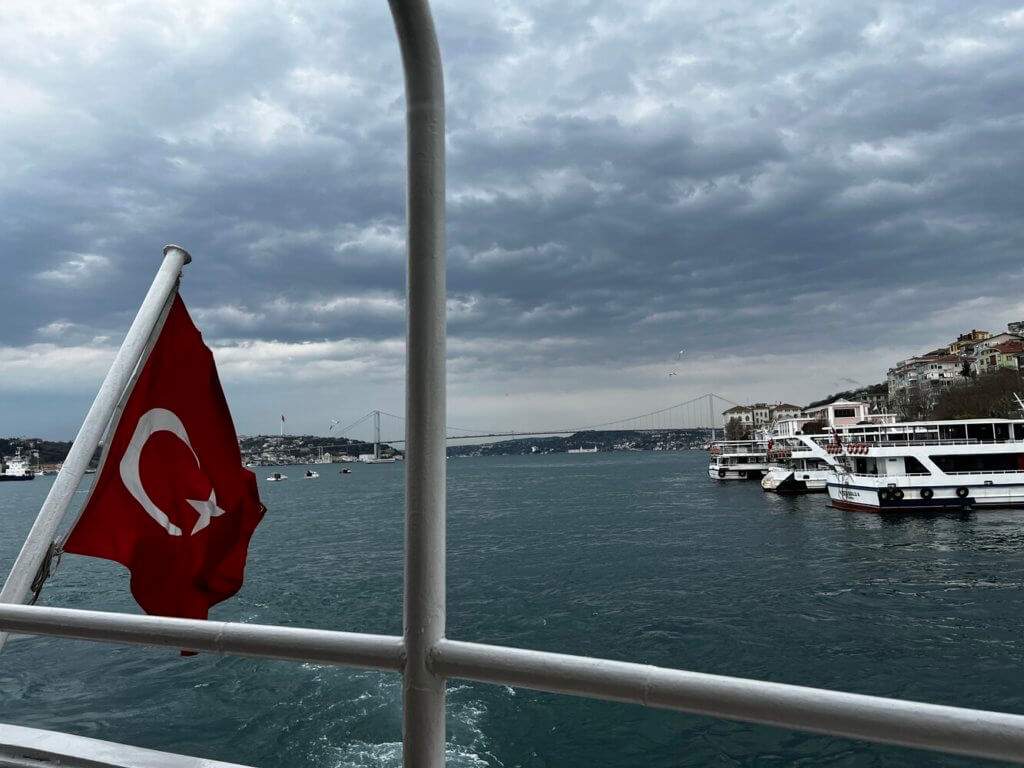
Crossing the Bosphorus, Istanbul, Turkey
By planning what I need, then organizing these items by placing them in designated pockets and subsequent pouches and kits, my backpack serves as a well-organized repository for all my travel needs. Need a pen while at customs? Yup, left side pocket, need a snack at the gate, yup, inside bottom pocket, pull out the attached pouch and grab a power bar. iPhone needs a charge? You get it; everything has a designated home.
My carry-on bag is organized similarly, using cubes to separate my clothes and different pockets to house specific items. In contrast to the man at the train station who threw everything into his bag without any organization, this system is convenient and efficient.
If a Customs or security person goes through my bag, it’s easy to repack in seconds because everything is cubed and fits perfectly.
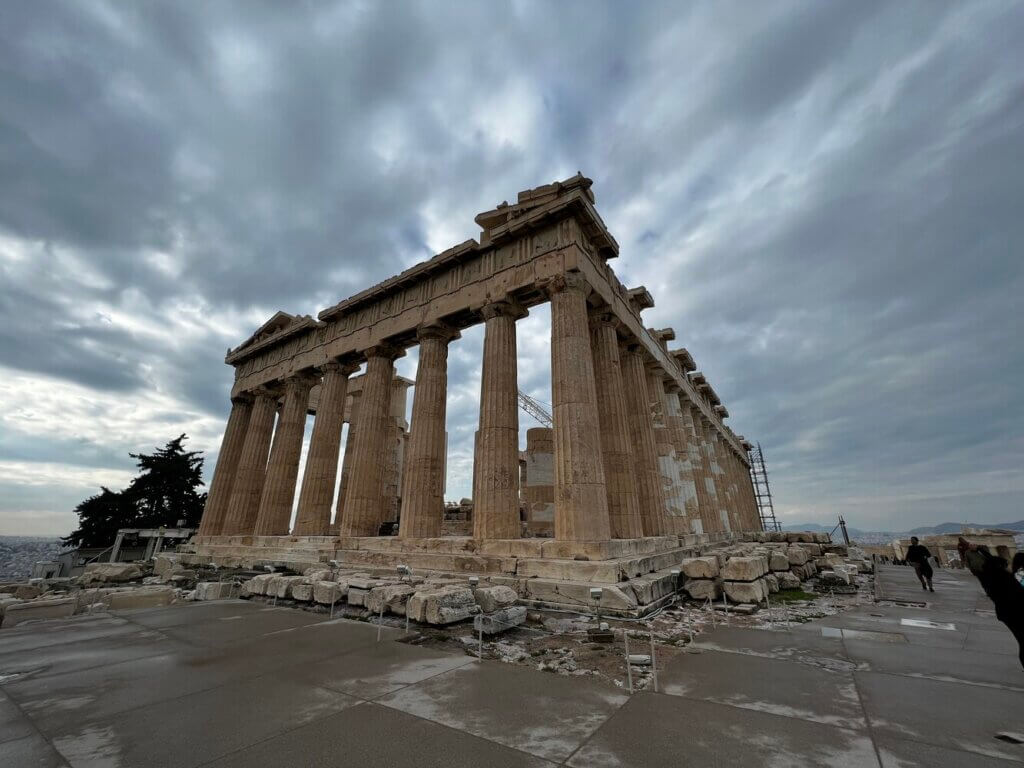
The incredible Parthenon overlooking Athens, Greece
Returning to the Wrike – Monday.com transition, there are a few parallels. Not an exact match, but in general terms,

The view of the Acropolis from my Airbnb in Athens, Greece
an analogy exists.
We need to create plans for each of our clients. Essentially that means creating editorial calendars where social media posts for all platforms (LinkedIn, Twitter, Facebook, Instagram) are set up for our writers. So we can develop a system that allows us to access, create, and find what we need in an organized and efficient manner.
The exact process (with minor exceptions) holds for all our clients. We create placeholders that match items in (what we refer to as) a content mix (blogs, white papers, earned media, events, webinars, community outreach, etc.).

The Duomo di Milano before the crowds take over in Milan, Italy
We also have tasks for our creative studio and paid ads team. The planning process assesses the big picture.
The next step is organizing and breaking it all down into workable sections. Then compartmentalization reduces it further into specific items (social posts or ticket information to create a web banner, a video, or a gif).
The idea is that everything our studio and content team needs is easy to find, work on and pass on to the account manager or marketing coordinators. Is it a perfect system? Nope. But can it get better through trial and error? You bet!
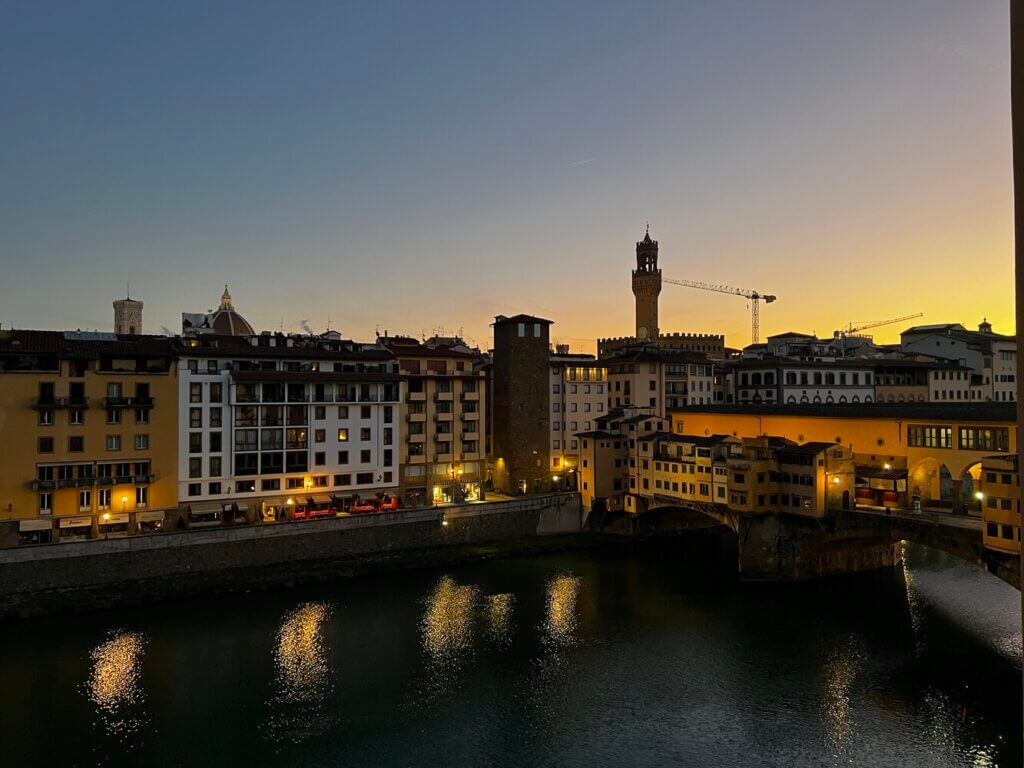
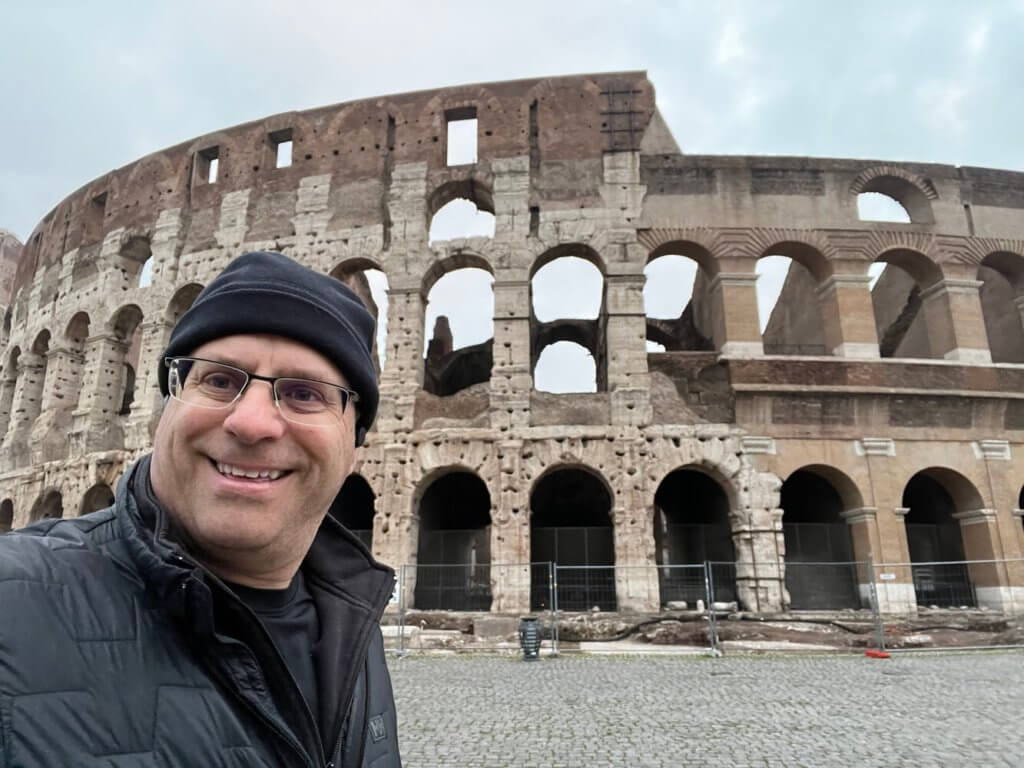
Morning walk by the Colosseum, Rome, Italy
Although not quite a one-to-one analogy, the planning, organizing, and compartmentalizing of my carry-on and backpack are similar to what we are doing with transitioning to Monday.com and setting daily goals.
Having an organized carry-on bag and backpack lets me focus on the cities I’m visiting and the steady stream of work that needs my attention.
Being organized will also allow me to set daily goals for review against what I am doing. The One-Minute Manager is clear about breaking down the tasks into One-Minute Goals. Doing so creates focus and greater efficiency for the time needed to complete the tasks/goals.
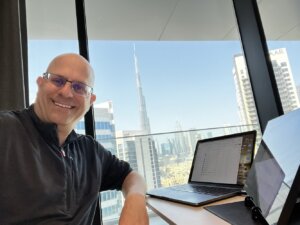
The view of the Burj Khalifa from my Airbnb in Dubai, UAE
We can’t expect to travel and have fun while being unorganized. Likewise, we can only serve our clients or run an efficient business with a proper system or setting goals to measure one’s efficacy.
These processes must be comparable to throwing everything into a bag and hoping for the best. Inevitably, we would be worse off than the man in the train station trying desperately to stuff all his contents into his bag while passers-by walk past him.
Note: This post was originally published on my LinkedIn profile.
